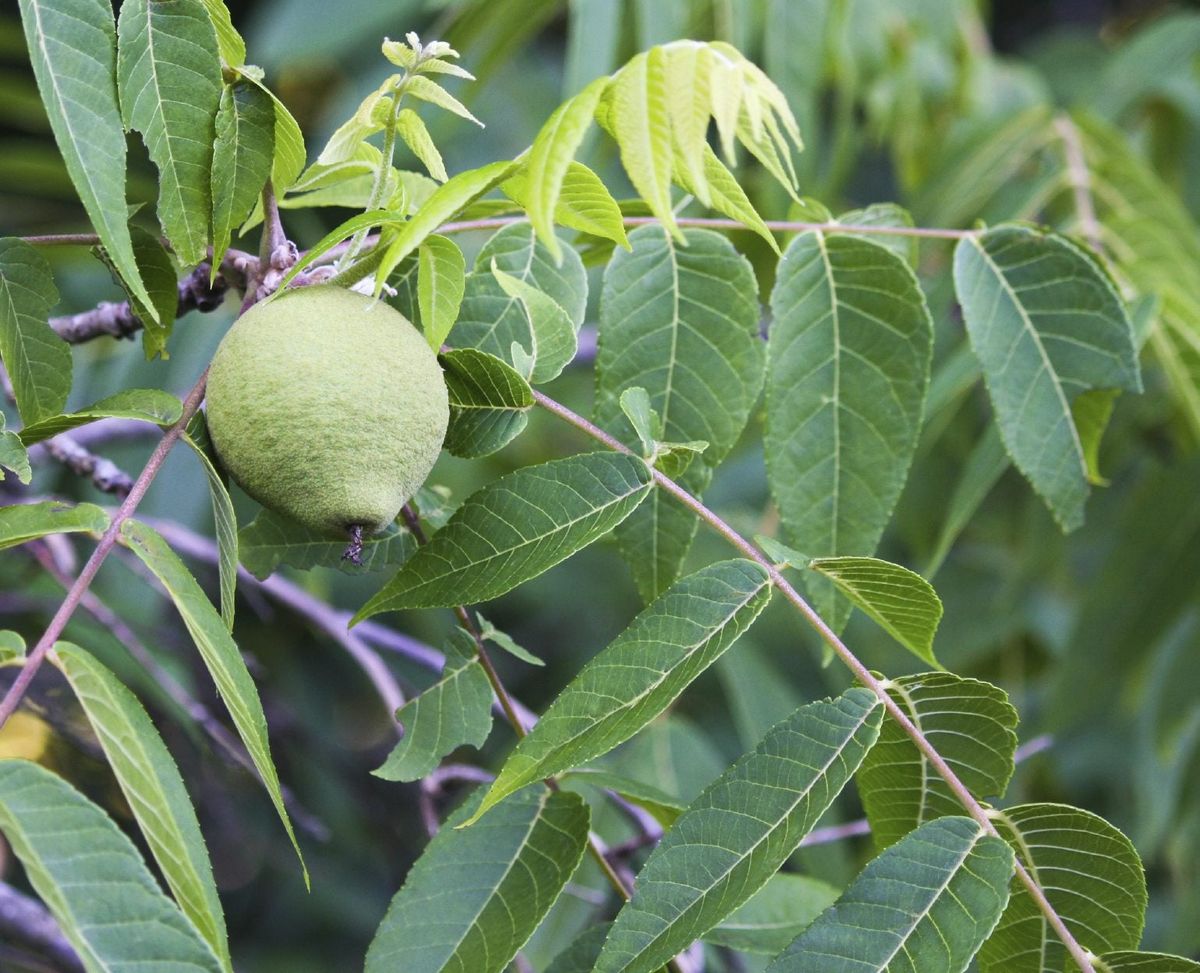The Majestic Walnut Tree: A Comprehensive Guide
Walnut trees, belonging to the genus Juglans, are renowned for their stately presence, valuable timber, and nutritious nuts. Cultivated for centuries across the globe, these deciduous trees offer a fascinating blend of ecological, economic, and culinary significance. This article delves deep into the world of walnut trees, exploring their diverse species, cultivation practices, uses, and intriguing facts.
A World of Walnuts: Exploring the Species
The Juglans genus encompasses a variety of walnut species, each with unique characteristics and distribution. Some of the prominent members include:
English Walnut (Juglans regia): Native to Central Asia, this species is widely cultivated for its high-quality nuts, prized for their rich flavor and ease of cracking.

Cultivating Walnut Trees: A Patient Endeavor
Growing walnut trees requires patience and planning, as these trees are slow-growing and long-lived. Here are some key aspects of walnut cultivation:
Site Selection: Walnut trees thrive in deep, well-drained soils with a slightly acidic to neutral pH. They require full sun and ample space to accommodate their expansive root systems and mature canopy.
Harvesting the Bounty: Nuts and Timber
Nut Production: Walnut trees typically start producing nuts after 5-7 years, but it can take 10-15 years for them to reach peak production. Harvesting involves collecting the fallen nuts, removing the husks, and drying the nuts before storage.

The Many Uses of Walnuts
Walnuts have been utilized for centuries for various purposes:
Culinary Delights: Walnut kernels are enjoyed worldwide as a nutritious snack, and they add a rich flavor and texture to baked goods, salads, sauces, and desserts.
Fascinating Facts about Walnut Trees
Allelopathy: Walnut trees release a chemical called juglone, which can inhibit the growth of certain plants around them.

Conclusion
The walnut tree, with its majestic stature, valuable products, and rich history, stands as a testament to the interconnectedness of nature and human civilization. Whether appreciated for its shade, its nutritious nuts, or its beautiful timber, the walnut tree continues to play a vital role in ecosystems and economies worldwide.
FAQs about Walnut Trees
What is the best time to plant a walnut tree?
Early spring or late fall are generally the ideal times for planting walnut trees, as the cooler temperatures and increased rainfall aid in root establishment.
How long does it take for a walnut tree to bear nuts?
Walnut trees typically begin producing nuts after 5-7 years, but it may take 10-15 years to reach full production.
How do I know when walnuts are ready to harvest?
Walnuts are ready for harvest when the outer husks begin to split and the nuts fall to the ground.
Can I grow a walnut tree from a nut?
Yes, walnut trees can be grown from nuts, but it requires stratification (a period of cold treatment) to break seed dormancy.
Are walnut trees self-pollinating?
While walnut trees have both male and female flowers, they benefit from cross-pollination with another variety for improved nut production.


:strip_icc()/Norway-Spruce-Evergreen-Tree-48c81b7ef15d46bb8dc0989ab0fa5cc8.jpg?w=200&resize=200,112&ssl=1)


:max_bytes(150000):strip_icc()/english-boxwood-shrubs-2132072-hero-03-c9f674badbbb45128597f71cb35a71d7.jpg?w=200&resize=200,112&ssl=1)

